The fitness industry is fast paced with new ideas and theories popping up all the time on how best to train and achieve your goals. The internet is full of training hacks and social media often puts these new practices right in front of our eyes to catch our attention. Most of these have some sort of scientific grounding at the start but then more and more people grab hold of the idea with less and less understanding of why and how.
Blood Flow Restriction (BFR) training is one such trend that has proliferated recently and I was reading an article recently that was a meta-analyses (study of multiple research studies) of scientific studies on efficacy and protocol. So the first question is how does BFR resistance exercise compare to traditional training methods and to look at this we need to assess the effectiveness based on desired outcome. Two main groups form with the goal to either: improve strength/power or increase muscle mass/hypertorphy. The traditional training methods compared against BFR are low load resistance and high load resistance exercise.
This study found that if you want to improve strength or power for a functional performance goal then BFR training produces greater gains than low load exercise but inferior gains to high load training. High load training has long been the ‘go to’ for strength training and BFR does not improve on that. When looking at hypertrophy (increasing muscle size) training BFR again produces greater improvements than low load training and has been seen to be equal to traditional high load training in increasing muscle mass. BFR training is not an improvement on any traditional training method used, when the individual is able to train in optimal ranges, i.e. healthy with no known physical injury.
So is BFR training useful at all? Well actually there is still a clear benefit when compared to low load resistance exercise and the type of individuals training in that environment are often those recovering from injury or other physical impairments where lifting heavy is contra-indicated. BFR has proven very effective at speeding up recovery to improve strength and reversing atrophy from inactivity or illness. This would be the only clear reason to opt for this type of training but caution must be advised as the risks involved are likely to also have a greater impact on this population, such as numbness and pins & needles.
This study does breakdown the suggested protocols based of literature and makes you aware of all the consideration involved to train safely with BFR. Most importantly getting the Arterial Occlusion Pressure (AOP) correct is vital and then knowing the duration of occlusion limits. When tissues are without oxygen they do eventually die and no one wants that outcome.
I have incuded the link to the article, which details good practice for BFR but given the effectiveness compared to traditional training please ask yourself and your trainer whether it is really worth it!
